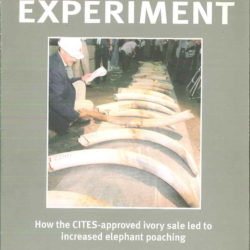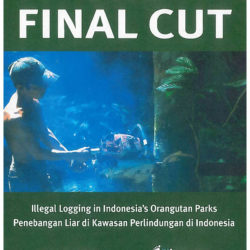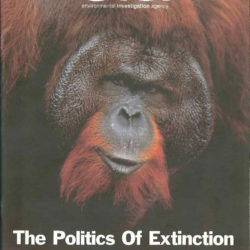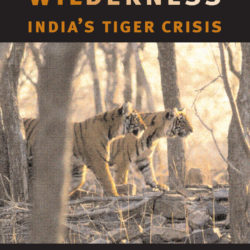
Thailand’s Tiger Economy
Thailand has shown itself to be woefully inadequate in implementing domestic legislation to stamp out the tiger trade and in enforcing international agreements to which it is a signatory. Thailand has also become a conduit for illegal trade as well as a manufacturer and supplier of tiger products
- Areas of work:






